Orange Cabbage Coleslaw is a super easy salad. Plus 7 ways to eat healthy on a budget.
Orange Cabbage Slaw is a favorite recipe.
I like it because cabbage lasts so much longer than fresh lettuce so I add a head of cabbage to my grocery cart every few weeks. It’s kind of like an old friend, always there for me.
How to make Orange Cabbage Slaw
Toss orange segments with shredded cabbage and toss with vinegar and soy sauce.
The Ingredients
- Orange The orange adds juiciness and sweetens the deal because cabbage can run on the bitter side.
- Red cabbage Cabbage is sweeter the sooner you use it, but it’s heartiness makes it last much longer than most lettuce and salad greens, giving you more time to use it. Red or green cabbage will work in this recipe, but red cabbage has six times the antioxidants as green.
- Vinegar and Soy Sauce are the dressing
This coleslaw is a super easy and economical salad. Slice in the food processor, on a mandolin or with your trusty chef’s knife. I like it cut into thin slices.
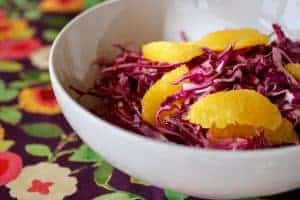
Orange Cabbage Slaw
Its true, you can eat healthy on a budget. Here are seven ways to stretch your food dollar for cheaper healthy meals.
Seven ways to save money at the store and eat healthy on a budget
- It’s estimated that we toss about 20 percent of the food we buy. That means if we leave the store with five bags, we drop two in the parking lot. And leave them there. That is not a savings technique! But a grocery list is. When you purchase with a purpose you make better use of your groceries. With a grocery list in hand, you are less likely to buy impulse items and more likely to buy what you need which means you spend less. A sure way to overspend is by wandering through the aisles and tossing whatever looks good into your cart. By using a smaller cart you’ll generally spend less than if you use a large cart. Here’s a LiveBest grocery list.
- Seasonal foods are a bargain hunter’s friend. Strawberries, asparagus, artichokes and rhubarb are Spring’s early produce. Grocery stores feature and discount these items now because they are in season. But still price shop. I found green beans less expensive than asparagus and potatoes on sale, so those went in my cart. As you plan and shop, keep your schedule in mind. If you’re too busy to cook much this week, you don’t want to stock up on fresh produce. A study from the University of Arizona found that Americans pay close attention to sale prices, but not the money squandered through wasted food. If you end up throwing it out, the BOGO, buy one, get one free, may lead to wasted money and food. Here’s a quick recipe for a fresh Asparagus Walnut Salad.
Asparagus Walnut Salad
- Think canned and frozen, especially if you find you are throwing away withered fruits and vegetables. Canned and frozen can be less expensive than fresh plus the convenience means they’ll be ready when you are. Most are picked and packed at the height of ripeness, so nutrition is peak too. Lower sugar and sodium canned foods is a good way to go. Frozen fruit without added sugar or syrup and plain vegetables usually cost less and help keep calories in check. I used frozen vegetables in Peanut Asian Rice Bowl.
10 minute Peanut Asian Rice Bowl
- Shop store brands. These private label brands are often 15 to 20 percent less expensive but just as nutritious as their national brand counterparts. Use the unit price to compare cost of varying sizes. See more ideas for eating on a budget here.
- Beans and legumes are money-saving foods. They are as good for you as they are versatile. Brown rice, quinoa, bulgur, lentils, and black beans are a few to consider. Cook once and use through the week. They can be served hot or cold, added to soups and salads. Black Bean Quinoa Salad is on of my faves. They also freeze well, so you have protein- and fiber-rich foods on hand.
Black Bean Quinoa Salad
- Plan a meatless meal. Meat is often the highest dollar ingredient in a recipe. Plan a meatless meal such as beans and rice, or replace half the meat in dishes such as chili, meatloaf or burger patties with beans, lentils or chopped vegetables. Eggs, one of the least expensive proteins, is another option. Hard-cook them for snacks and salads or scramble with vegetables. Frozen fish is generally less expensive than fresh plus frozen lasts much longer.
Gallo Pinto
- Use highly perishable items first — such as fish and seafood, salad greens, berries and fresh herbs — early in the week, and save more hearty items for later in the week. Enjoy leftovers for lunch or create new meals from leftover ingredients. Cooked meat and vegetables can be revamped in a casserole, pizza, taco or a frittata such as this Mushroom Spinach Frittata.
Mushroom Spinach Frittata
P.S. Hungry for more get healthy tips and recipes? Sign up for my newsletter here.
Pin it for later!
Orange Cabbage Slaw
Red or green cabbage will work in this recipe, but red cabbage has six times the antioxidants as green. Six!!
- Prep Time: 10
- Total Time: 10 minutes
- Yield: 2 1x
- Category: Salad
- Cuisine: American
Ingredients
- 2 cups cabbage, shredded
- 1 orange, peeled, sliced to ¼-inch slices
- 2 teaspoons vinegar
- 1 teaspoon soy sauce
Instructions
- Mix: cabbage, sliced oranges, vinegar and soy sauce together. May be refrigerated 2 to 4 hours before serving.
Nutrition
- Serving Size: 1.5 cup
- Calories: 80


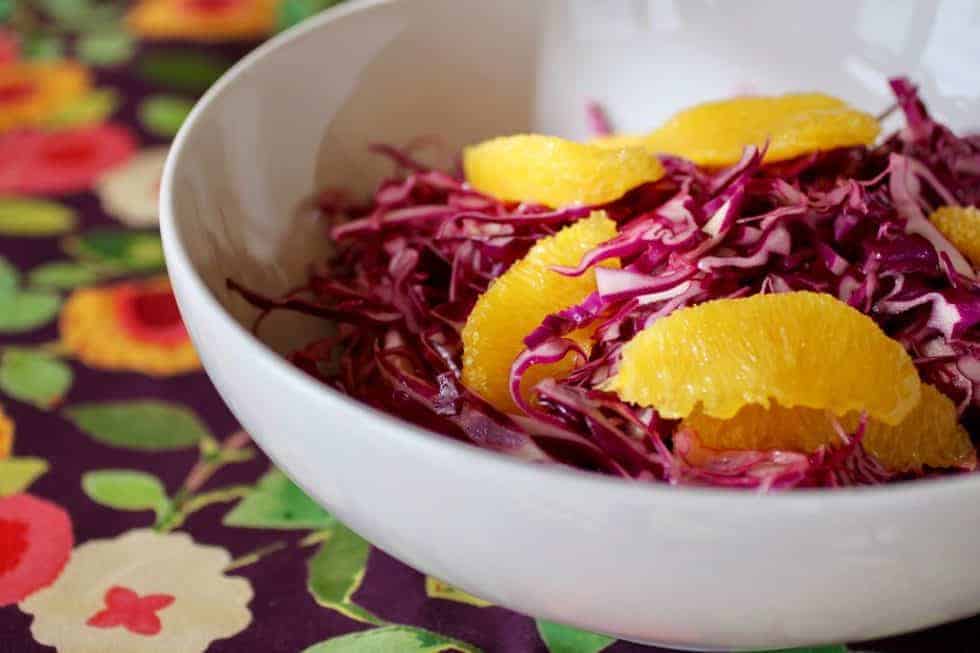
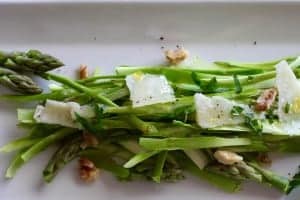
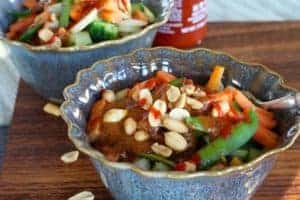
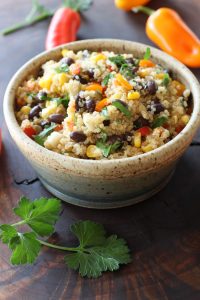
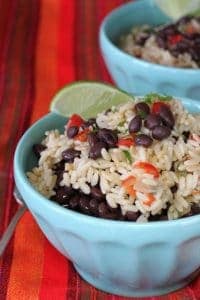


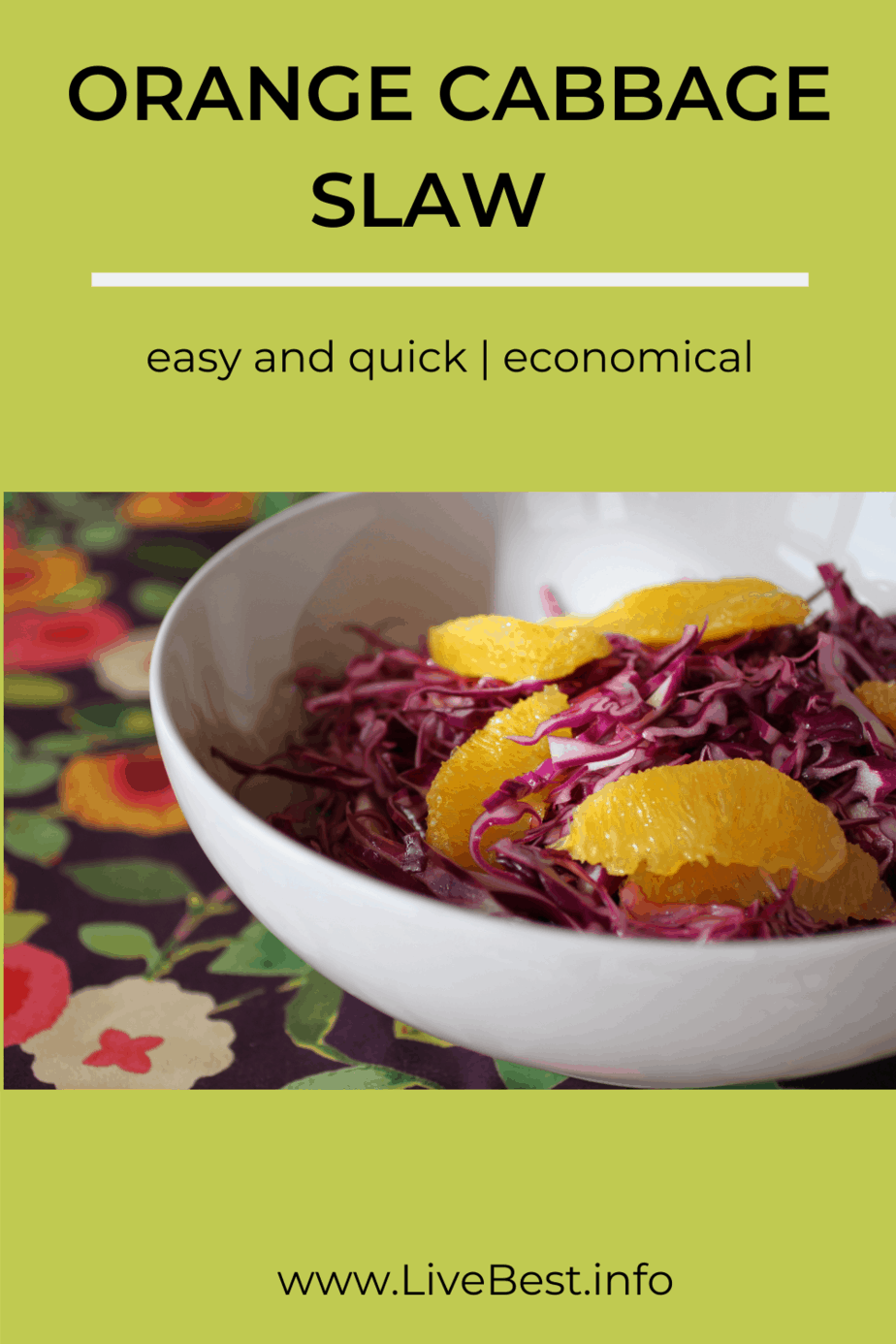
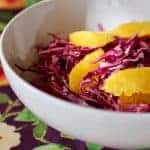
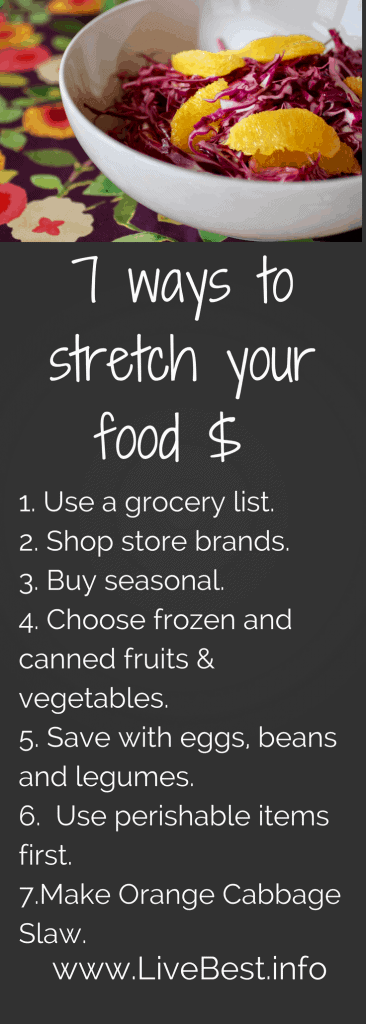
Comments
Tried this recipe yesterday. It was very easy to make and delicious. I added a couple of ingredients- powdered ginger and orange zest to the vinegar and soy sauce. I served it with curried chicken salad sandwiches.
Hi Nancy, your additions sound good! Thanks for the note. There’a a heartier salad you might like: https://www.livebest.info/asian-sesame-chicken-salad/
Judy